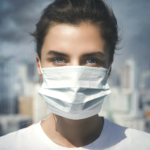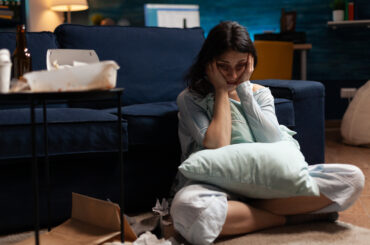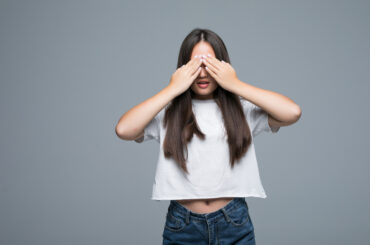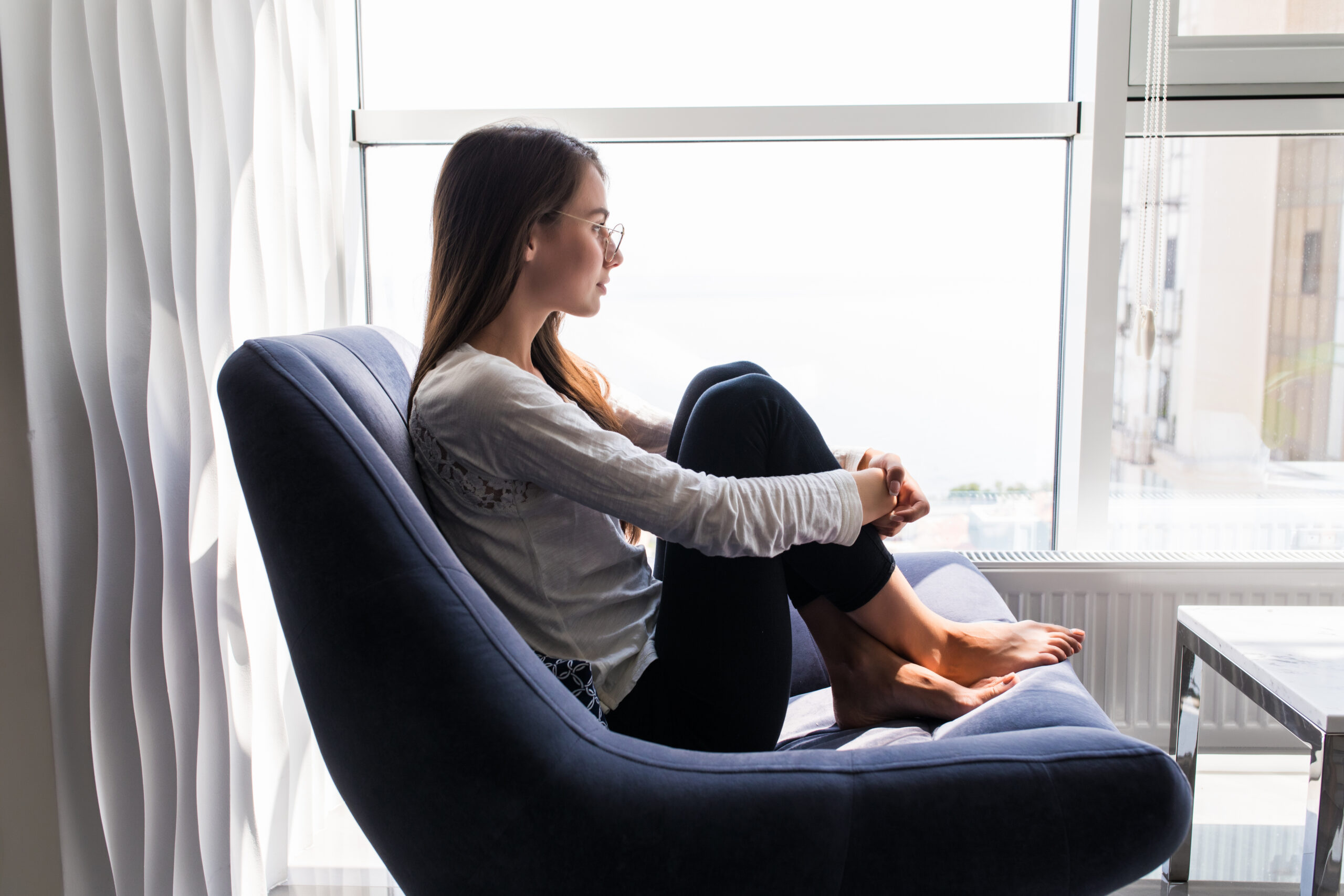What if I ask you to gaze at a sponge or honeycomb for a few seconds? How would you feel? Maybe you won’t feel anything at all, or maybe, you’ll experience a rush of emotions inside your head.
If the latter is what you feel, then there is a high chance you have trypophobia. It is a type of mental condition, or simply a phobia.
What is Trypophobia?
Trypophobia is not specifically a mental health condition. However, it is recognized as a condition that affects a lot of individuals. Trypophobia is a fear of holes. It may even include images that contain tightly clustered holes or spotted animals, fruits, and even bubbles.
These holes elicit strong feelings of fear, panic, and disgust in people with trypophobia. People feel queasy and uncomfortable. Although this phobia is not officially recognized, it is prevalent and commonly seen in many people.
Triggers and Symptoms of Trypophobia
Triggers of Trypophobia
Anything that has closely-packed holes triggers trypophobia. It can be triggered by images or objects with holes or spotted patterns.
- Strawberries
- Honeycombs
- Corals
- Pomegranates
- Lotus seed pods
- Metal foams
- Sponge
- Bubbles on tea/coffee
- Cantaloupe
- Insects/ mammals
Symptoms of Trypophobia
The symptoms of trypophobia are triggered when a person sees an object with small clusters of holes. Some common symptoms of trypophobia are:
- Goosebumps
- Feeling uncomfortable
- Feelings of repulsion
- Distress
- A sensation of skin crawl
- Sweating
- Panic attacks
- Nausea
- Shivering
- Disgust and increased heartbeat
- Breathlessness
Causes of Trypophobia
The exact causes of trypophobia are not yet known. The phobia of holes is linked to human evolution and adaptation. Researchers believe that trypophobia can be an exaggerated version of a person’s normally adaptive response to the fear of dangerous animals.
Researchers also suggest that phobia is an extension of the fear of harmful things. The symptoms are triggered by high-contrast colored graphics and images. Scientists believe that people tend to compare these holes with dangerous animals.

Trypophobia Test
To diagnose trypophobia, your doctor might ask you some questions about your symptoms. They might check your old medical, psychiatric, and social history. However, trypophobia is a non-diagnosable condition as the phobia is not yet recognized officially.
Furthermore, a series of images with and without holes can be shown to you to record your response. A person without trypophobia will find the image completely normal, while the person with trypophobia might not.
Treatment of Trypophobia
No specific treatments are utilized for the phobia of holes. No particular treatment has been demonstrated to be very effective. However, doctors use a variety and a combination of treatments to help you reduce your symptoms of the phobia. Some types of treatments of trypophobia include:
- Exposure Therapy
As the name suggests, this therapy involves progressively exposing a person to their fears. As a person is exposed more and more to things, he or she fears the most, the fear tends to get lesser. Over time, the exposure causes the symptoms to reduce.
A person can imagine, see, or touch the objects they fear. In the case of trypophobia, a person can simply close eyes and imagine a honeycomb. You might experience symptoms initially, but as you perform this visualization daily, it’ll start affecting you less. Once you get comfortable with the imagination therapy, you can start with seeing images or real objects that trigger symptoms.
- CBT- Cognitive Behavioural Therapy
CBT is performed under the guidance of an experienced therapist. The therapist works upon changing your underlying thoughts and behaviors of a person.
It is more like talk therapy. You sit and discuss your fears and emotions with your therapist, and they try to change your thought process.
As we had seen, a common cause of trypophobia is just the fearful association people make of the spotted object with dangerous animals. Basically, it is in a person’s head. The therapist works on removing such beliefs and thoughts from a person’s mind.
- Medications
Once you get your trypophobia diagnosed, your doctor might prescribe you certain medications. These medications are anti-depressants or anti-anxiety drugs. They are given to reduce the signs and symptoms of your condition. However, you should not take any medicine for the same without a doctor’s recommendation. Generally, medications are used along with other treatments and therapies like CBT, exposure therapy, etc.
- Relaxation Methods
No matter what object triggers your symptoms of trypophobia, you can always use relaxation techniques to relieve the symptoms. They help you reduce the feelings of disgust, discomfort, fear, or even anxiety.
Simple relaxation techniques like deep breathing and meditation can be performed to relieve stress. Another way to cope with symptoms is to distract one’s mind to more beautiful things until the symptoms ease.
Takeaway
A person with trypophobia might experience mild to extreme symptoms like fear, anxiety, disgust, panic on seeing closely packed holes and clusters.
Although the condition is not yet officially recognized as a mental health condition, however, many treatments are easily available to treat the condition and its symptoms. Most people easily find relief through therapies and medications or self-help.






